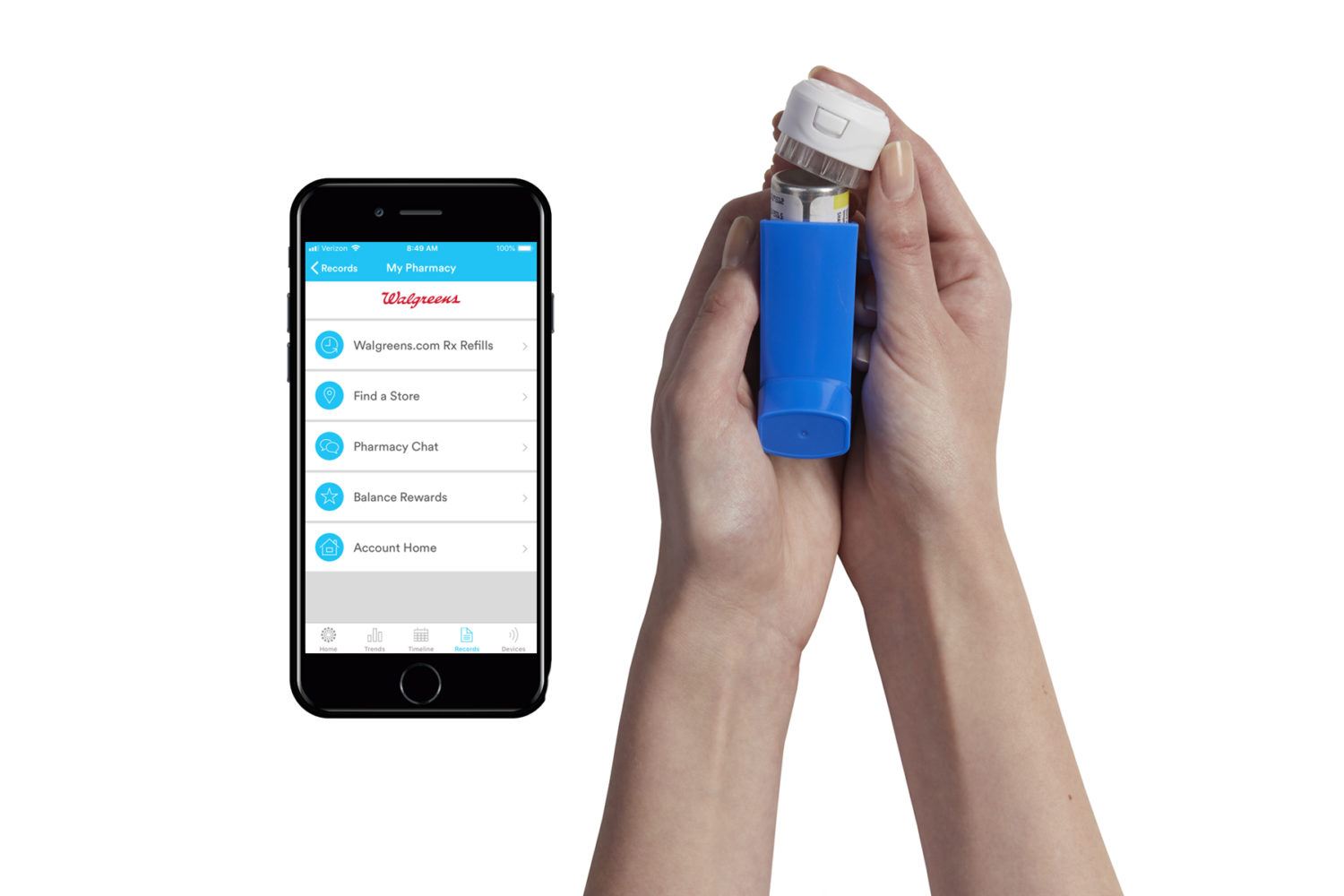– Today, UCSF, CommonSpirit Health, UC Berkeley and Propeller announced research that uses data from connected inhalers to show that exposure to ozone in the air leads to more frequent asthma symptoms.
– This is the first study to use a digital health platform to study the impact of ozone on respiratory disease. By attaching sensors to the inhalers of 287 people with asthma in California, researchers were able to track their medication use.
– When ozone concentrations in the air increased, people used their rescue inhalers for asthma more often — for children, 11.3% and for adults, 8.4%
– There was a significant association between ozone and asthma symptoms well below the current ozone standard established by the EPA (70 ppb)
New data from connected inhalers confirms that exposure to the air pollutant ozone is strongly linked to increased use of inhaled medications for asthma symptoms, according to a new study from CommonSpirit Health; Propeller Health; University of California, Berkeley; and University of California, San Francisco, published in Environment International.
Environmental Impact of Asthma
Asthma is one of the most common chronic respiratory diseases in the United States, resulting in more than $82 billion a year in healthcare costs. In the Sacramento and San Joaquin Valleys of California, people have unusually high levels of asthma-related emergency department visits and hospitalizations. This prompted CommonSpirit to study environmental factors that could be worsening asthma symptoms for its patients.
Research Study Background & Protocols
CommonSpirit partnered with Propeller Health; University of California, Berkeley; and the University of California, San Francisco to come up with a solution. With connected inhalers, researchers can pinpoint the exact time and location of a patient’s medication use and cross-reference that information with data on ozone levels where they are, without requiring patients to perform tedious record-keeping.
Researchers gave connected inhalers to 287 patients in the two areas to manage and track the onset of asthma symptoms. They were able to capture the date, time and location of medication use and determine whether that use was associated with increased levels of ozone in the air. The air pollutant ozone is formed when pollution from cars, power plants and refineries reacts to sunlight. When ozone reaches unhealthy levels, it can cause wheezing, shortness of breath and other adverse symptoms, particularly in people with pre-existing respiratory illnesses such as asthma or chronic obstructive pulmonary disease (COPD).
Study Key Findings/Results
The U.S. Environmental Protection Agency (EPA) has set the level of safe ozone in the air at 70 parts per billion (ppb). This study found that when ozone concentrations in the air increased by just 17 ppb, children used their rescue inhalers 11.3% more often, and adults used them 8.4% more often, even when average ozone levels in the air in this study (26 ppb) were more than 60% lower than the EPA’s recommended level.
The Underlying Link Between Pollution & Poor Health
“There’s been strong evidence that air pollution leads to more emergency department visits, hospitalizations and mortality for asthma patients, but it’s been very difficult to measure its effect on daily symptoms,” said Meredith Barrett, PhD, study co-author and head of Population Health Research at Propeller Health. “By using sensors to passively collect data on the time and place of symptoms, we can draw a clearer line between pollution and poor health.”
Previous studies on the effects of ozone exposure have been limited for several reasons. First, researchers have had to use people’s residential addresses to determine where they may have been exposed to ozone, rather than being able to evaluate their exposure throughout the day. Some past studies have also relied on patients to self-report their symptoms, which can be burdensome for patients and result in incomplete data.
“The data we are now able to collect and analyze on environmental conditions helps us more closely engage with our patients so we can help keep them healthier and improve their quality of life,” said Rajan Merchant, MD, co-author of the study and a practicing physician and asthma expert at the Dignity Health Medical Foundation in Woodland and Davis, which is part of CommonSpirit Health. “Incorporating digital health tools into medical treatment allows us to extend care beyond the clinic and deepen our understanding of how patients are impacted by the environment on a daily basis.”
CommonSpirit has partnered with Propeller Health since 2012 to bring connected inhalers to asthma patients. Last year, their research showed that the use of connected inhalers helped to drive down asthma-related emergency department utilization by 54 percent.
“These findings are particularly relevant at a time when many cities and countries around the world are grappling with higher levels of ozone due to increased traffic emissions and global warming,” said John Balmes, MD, UC Berkeley School of Public Health, senior author of the study, and world-renowned expert on air pollution and health. “Recent studies have confirmed that ozone doesn’t just damage the lungs, but other organs in the body as well, making research into the impact of ozone all the more crucial.”
Propeller Digital Health Platform Background
The Propeller digital health platform helps patients and providers plan for changes in air quality by learning a patient’s environmental sensitivities, such as ozone or humidity, and sharing that information with the patient and their provider. This helps inform decisions such as where or when a patient exercises on a day with high ozone levels, or whether a clinician adjusts their treatment plan based on seasonal increases in ozone. In cases where Propeller is used by a parent to manage their child’s condition, Propeller can help a parent anticipate environment-related symptoms and prepare their child accordingly.


